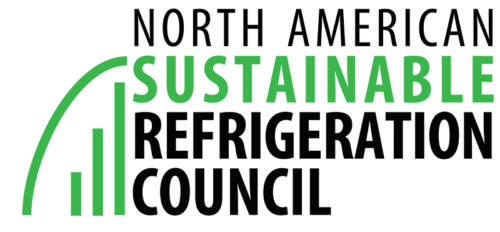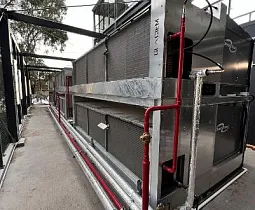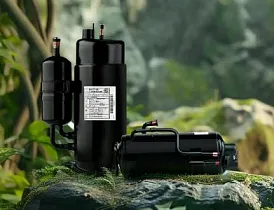The North America Sustainable Refrigeration Council (NASRC), a 501c3 environmental non-profit organization that focuses on natural refrigerant use in the supermarket industry, announced today that its end-user membership now encompasses nearly 14,000 supermarkets. The NASRC will celebrate just its third anniversary in September of this year.

“The growth of this organization has been amazing,” says Keilly Witman, owner of KW Refrigerant Management Strategy and former head of the EPA’s GreenChill Partnership. “Supermarket end-users are excited, because the NASRC gets things done. After years of all talk and no action about the hurdles that stand in the way of natural refrigerants in this industry, we finally have an organization that flips it around - it’s all about action.”
Most of the NASRC’s efforts focus on overcoming hurdles in three areas: service contractors and technicians, cost, and codes and standards.
The main programs that address hurdles related to service contractors and technicians focus on matching end-users with trained, experienced service contractors, ensuring clear communication between end-users and contractors who are working on their first all-natural refrigerant store, and collaborating with traditional service technician training organizations to ensure that technicians have the training they need to successfully install and manage an all-natural store.
The NASRC’s Natural Refrigerants Service Network, for instance, is an online tool that allows refrigeration service contractors to provide information about their natural refrigerant experience, along with the areas where they do business. End-users can join the online network and mine that data by geographic location and the natural refrigerant they are looking to use.
“The NASRC has just begun to make the most out of this tool; the ideas are endless,” says Bryan Beitler of Source Refrigeration. “Just the webinar the NASRC held for service technicians explaining the new requirements of the Section 608 amendments made it worthwhile to participate.”
The NASRC’s Return on Investment Progress Group is working to overcome the causes that tend to cause natural refrigerants to cost more than traditional centralized DX systems.
“There are big cost hurdles, like economies of scale, and there are smaller cost hurdles, like the lack of distributors that carry refrigerant-grade CO2,” says Mike Ellinger of Whole Foods Market. “The distributor problem sounds like it’s a small thing, but it costs money, and those costs build up over time, if you don’t have a solution for it.”
In response, the NASRC has begun cooperating with HARDI, the trade association for HVACR distributors, to bring traditional distributors into the natural refrigerant supply chain. According to NASRC Executive Director, Danielle Wright, the NASRC and HARDI will work to find a distributor in any area of the country where an end user wants to open a natural refrigerant store.
The codes and standards hurdle may be the toughest nut to crack, says Wright. “The organizations that write standards for supermarket refrigeration may not be aware of how urgent it is to get standards in place.” She cites the fact that California plans to require supermarkets to use refrigerants with a GWP less than 150 in just a few years.
“We are eager to work with ASHRAE and UL and discuss how to get these standards done, but they have few people on their committees who come from the refrigeration world, much less from the natural refrigerant world.”
“Is it any wonder that supermarket end-users are flocking to this organization,” says Witman, “given its track record in under three years of going to bat for supermarkets?”
“We don’t really have to recruit supermarket end-users,” reports Wright. “They come to us, because they’ve heard about the progress we’ve already made in all of the areas that have prevented them from moving forward with naturals in the past. No problem is too small, or too big, for us to tackle.”





